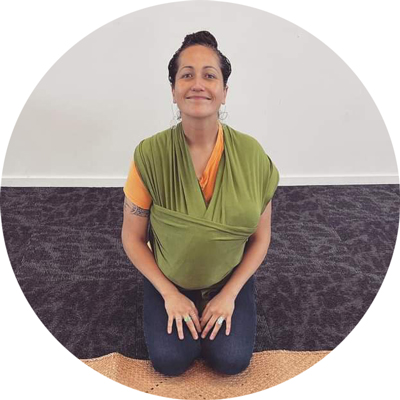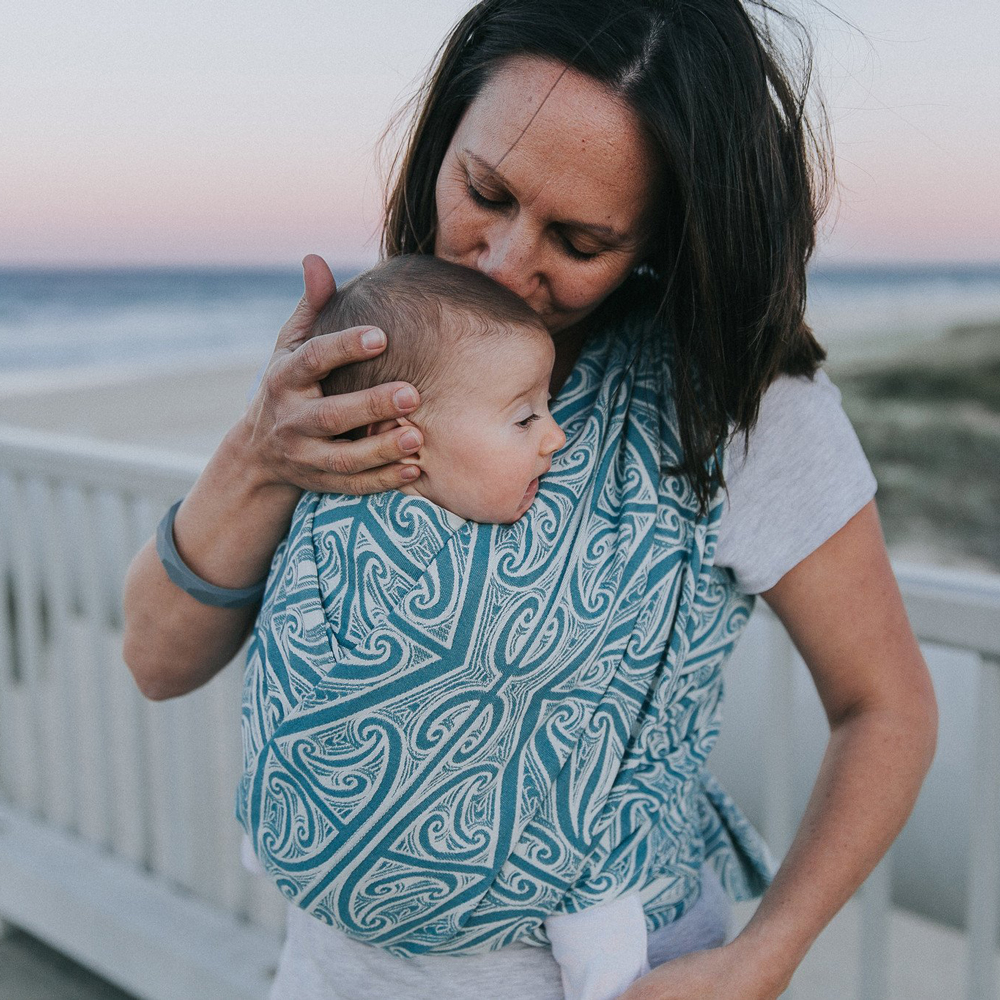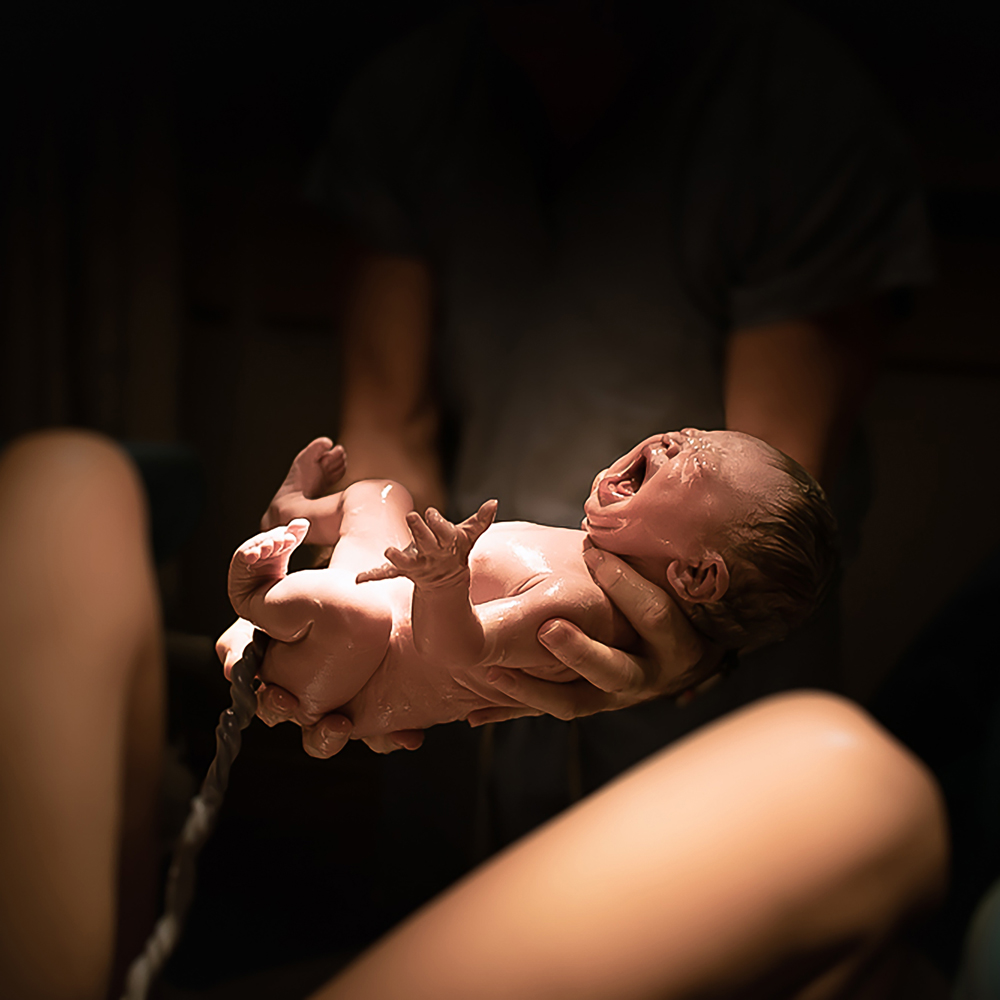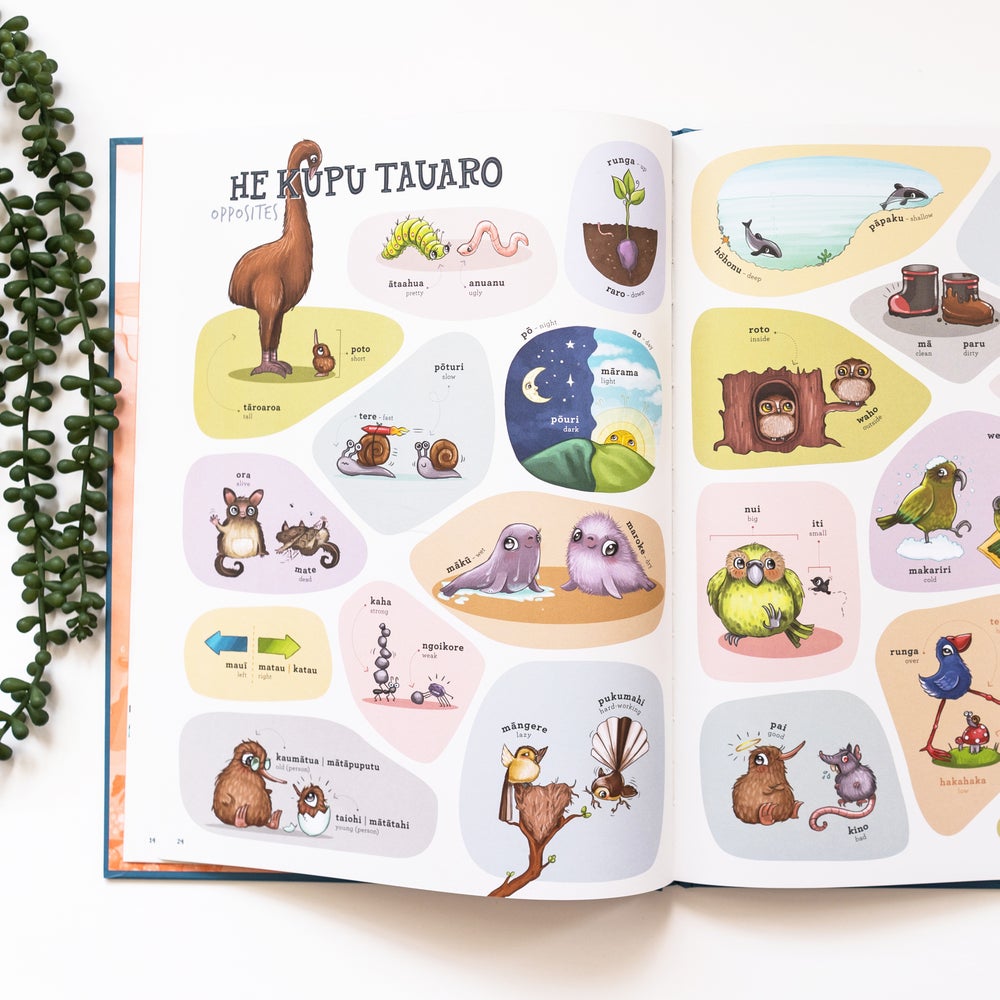Ask Our Experts: Karakia to Recite for Labour and Birth

Midwife and Hapū Wānanga Taranaki facilitator, Tawera Trinder shares her knowledge.
Q: I’ve read about traditional Māori birthing practices but wondered if there’s any postpartum tikanga for the māmā which I can embrace after having my pēpi?
Tawera: Kia Ora, absolutely. We have retained a lot of tikanga post-birth. A lot has changed due to colonisation and generational change of the times. There is a significant postpartum practice we have retained well through the generations though and that is burial of the placenta.
We bury the placenta to connect baby with the land. Placenta in Māori is whenua, the same as land. There is a reason why and that is the connection by way of nurturing. The land Papatūānuku nurtures us tangata whenua, people of the land, by providing us with shelter, gardens full of food and water etc. The placenta nurtures baby in the exact same way. So, by returning the placenta to the land you acknowledge those roles.
It also connects baby with that specific location. It could be your home stead, your forever home, or a rental and you chose to bury it in a big pot plant and carry it with you until its resting place in the ground.
The burial of the placenta is usually done within the first week to prevent the tissue from decomposing. You can recite a karakia in any language giving thanks. You can also choose this time to inform everyone of baby’s name and its whakapapa.
Ngā mihi wahine hapū.
Follow Hapū Wānanga Taranaki on Instagram @hapuwananga.
Do you have a question you’d like our experts to answer?
"*" indicates required fields



